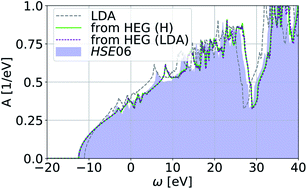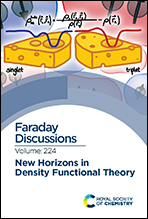Design of auxiliary systems for spectroscopy
Abstract
The Kohn–Sham system is the prototypical example of an auxiliary system that targets, in principle exactly, an observable like the electronic density without the need to calculate the complicated many-body wavefunction. Although the Kohn–Sham system does not describe excited-state properties directly, it also represents a very successful strategy guideline for many spectroscopy applications. Here we propose a generalization of the Kohn–Sham idea. In many situations one is interested only in limited answers to specific questions, whereas in state-of-the-art approaches a lot of information is generally calculated that is not needed for the interpretation of experimental spectra. For example, when the target is a spectrum S(ω) like the optical absorption of a solid, within time-dependent density-functional theory (TDDFT) one calculates the whole response function χ(r,r′,ω). Analogously, within many-body perturbation theory (MBPT) one calculates the whole one-particle Green’s function G(r,r′,ω), while only the total spectral function A(ω) is needed for angle-integrated photoemission spectra. In this contribution, we advocate the possibility of designing auxiliary systems with effective potentials or kernels that target only the specific spectral properties of interest and are simpler than the self-energy of MBPT or the exchange–correlation kernel of TDDFT. In particular, we discuss the fundamentals and prototypical applications of simplified effective kernels for optical absorption and spectral potentials for photoemission, and we discuss how to express these potentials or kernels as functionals of the density.

- This article is part of the themed collection: New horizons in density functional theory


 Please wait while we load your content...
Please wait while we load your content...